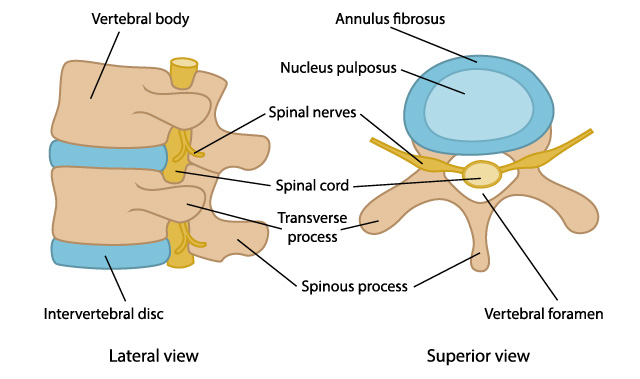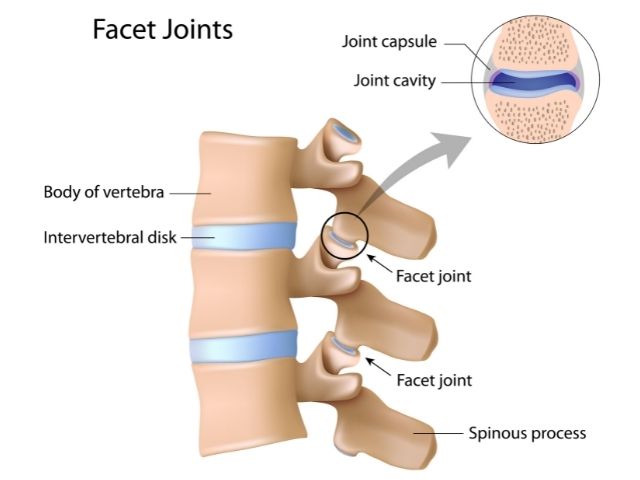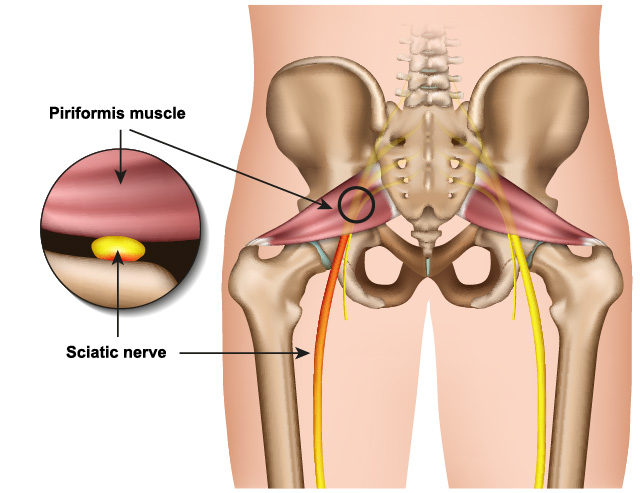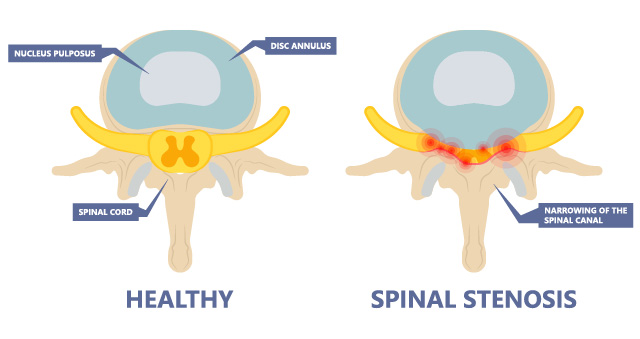Have you ever been told that the pain running down the back of your leg is sciatica? But what does this mean? Patients experiencing symptoms of sciatica in the hips and buttocks are often left with more questions than answers with this diagnosis, and we are here to help clarify your confusion about what causes sciatica.
Sciatica has become a general term that is used for most symptoms that run down the leg. Sciatica is caused by a compression of the sciatic nerve as it exits through the obturator foramen passing just underneath the piriformis muscle. Sometimes this nerve can become encroached upon causing irritation of the sciatic nerve. This is where the term “sciatica” comes from.
However, there are other things that sciatica can be disguising itself as. It is important to be able to distinguish where your symptoms are coming from to have proper treatment. Today we are going to discuss the Top 5 things that Sciatica could be:
Disc Dysfunction
The intervertebral discs around our spinal cord are responsible for distributing the load through the spine efficiently. Our discs have a fluid filled center to help with this distribution, keeping us stable and mobile.

When the disc becomes injured, it can bulge or herniate towards the spine. When this tissue is occupying areas that it should not, it can cause irritation of the nerves surrounding it. These nerves exit through the intervertebral foramen and branch to all areas of the back and lower legs. When they become irritated they send signals like sciatica.
Joint Impairment
Like our hip and shoulder joints, we have something similar throughout our entire spine that help with stability and movement called facet joints. These small but mighty joints are within the lumbar spine oriented within the sagittal plane, running from the front to the back. Over time these joints may not function properly and have difficulty with opening and closing, leading to encroachment on the nerves surrounding them.
Facet impairments are common in patient populations such as Rheumatoid arthritis, osteoporosis, and osteoarthritis.

Myofascial Irritation – Piriformis Syndrome
As we know, the sciatic nerve exits through the obturator foramen (an opening between two of the bones of the pelvis) and heads down the leg. Our piriformis attaches to the lateral border of the sacrum then onto our hip. This proximity of the muscle to the sciatic nerve can lead to potential radicular pain symptoms. If this muscle becomes deranged, inefficient, or distorted, it can lead to pain of the sciatic nerve. There are rare cases where the nerve pierces through the piriformis muscle.

Foraminal Stenosis / Lumbar Spinal Stenosis
The intervertebral foramen that we discussed earlier are very important structures. They provide ample space and protection for the nerves exiting the spine so they can operate freely and smoothly. In cases such as severe arthritis or trauma, this space can become too small for our nerves to exit without exasperation. The space can become so small that it decreases the room for the nerves to operate and could potentially occlude blood flow to the area.

Spondylolisthesis
Spondylolisthesis is a medical condition involving the forward movement of one vertebra over another. This is very common within the lumbar spine at the L4-S1 spinal segments. This anterior slip can cause defects within the facet joints, disc abnormalities, and occlusion (cutting off) of the central or foraminal canal. This occlusion can stimulate radicular symptoms or feelings of sciatica. In other cases, we can have symptoms of pain in both legs depending on the severity of the translation.

Next Steps
Now that you know what causes sciatica most often, it is always best to seek medical attention or consult with your physical therapist about your specific pain presentation for relief. In the coming weeks, we will provide wider explanations on various sciatica causes and home diagnostic solutions to help with your symptoms.

















